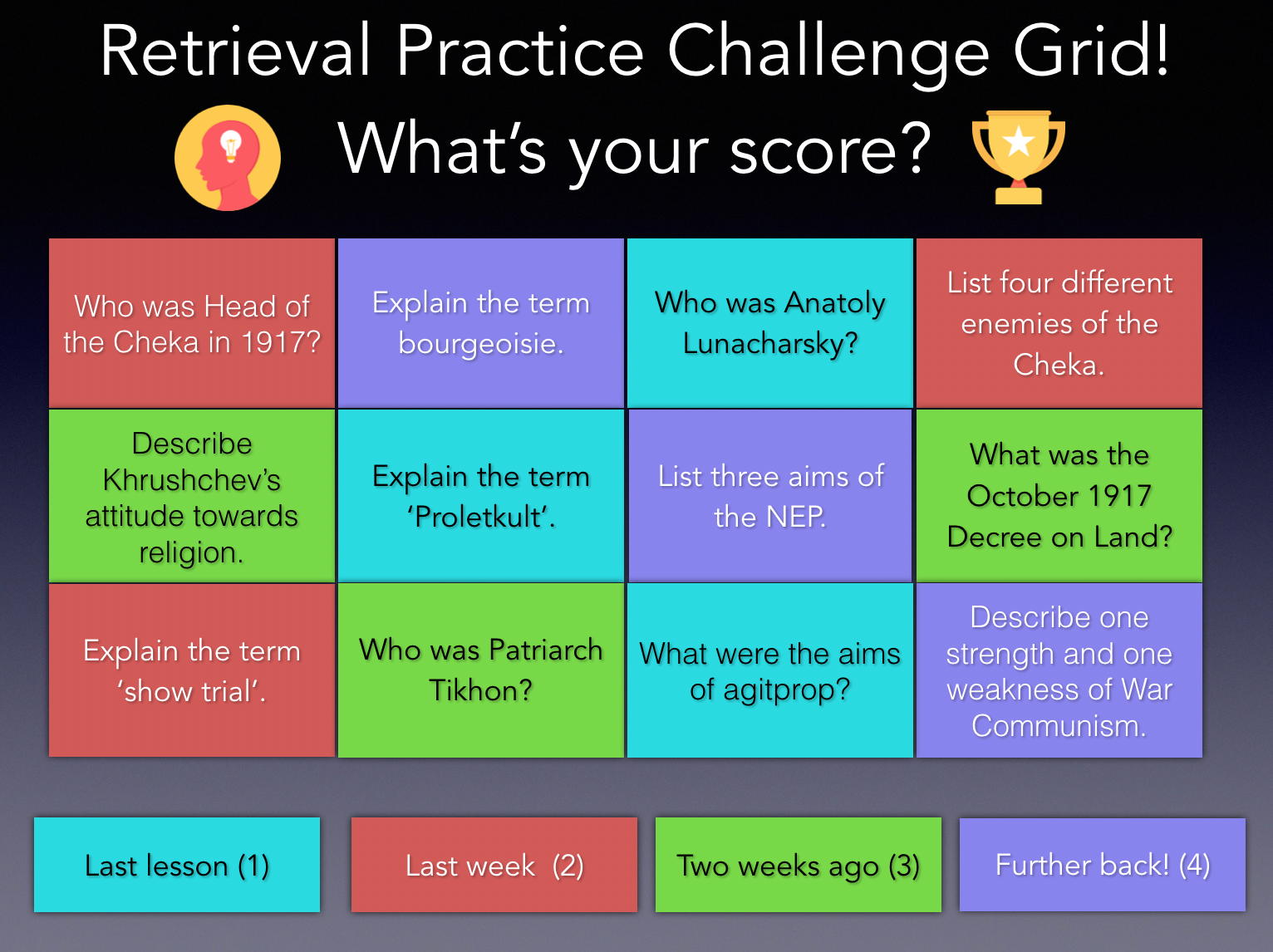Download our Interleaving Practice Guide!
/Based on a growing mountain of evidence, interleaving is a strategy that dramatically improves learning. You may have heard of interleaving as a way to challenge students by "mixing it up," but how does interleaving work, what are some key takeaways from research, and how can you use it in your instruction?
Interleaving in a nutshell: The way practice problems are arranged can dramatically affect student learning.
This may sound dull and inconsequential, but in many academic disciplines, educators must decide how practice problems, vocabulary words, and other pieces of information should be practiced and retrieved. Years of cognitive science research have established that simply rearranging the order of problems, without changing them, can increase (and even double) student learning.
Here are 3 ways to get started with interleaving:
Read about rigorous research on interleaving and how it's more effective than blocked practice
Learn about a leading cognitive scientist in the field of interleaving, Doug Rohrer, Ph.D.
Reminder: Both of our guides – and more coming soon – are available at our Library.
We hope you'll find the robust and reliable research on interleaving as fascinating as we do. It's a simple strategy to implement, with a simple idea in mind: Rearranging information can have a powerful impact on student learning.
Free Interleaving Practice Guide!
In our Interleaving Practice Guide, we provide a brief overview of interleaving research, the pitfalls of blocked practice, examples from mathematics, and classroom applications.
Consider this basic example of blocked versus interleaved practice problems:
Blocked: AAAA BBBB CCCC DDDD
Interleaved: ABCD ABCD ABCD ABCD
Both approaches have the same practice problems; they've simply been rearranged. If the letters above represented addition, subtraction, multiplication, and division, then the blocked arrangement requires students to perform a procedure, but it doesn't require students to know which procedure to use. Students can safely “plug and chug” without thinking about the strategy they need to use.
With interleaving, no two consecutive problems require the same strategy. This forces students to choose a strategy on the basis of the problem itself. Performance may decrease initially on an interleaved set of problems, but it's precisely this challenge from interleaving that improves learning over the long run.
Pro-tip: When you're teaching similar concepts (e.g., nouns/verbs, related math procedures, animal kingdoms, etc.), rearrange them and mix them up to require students to discriminate rather than "plug and chug" during learning.
Want to know more about interleaving and how to apply it in your classroom? Download our interleaving guide and let us know what you think.
The Interleaving Guide is authored by cognitive scientists Doug Rohrer, Robert F. Dedrick, and Pooja K. Agarwal.
Research Spotlight: Taylor & Rohrer (2010)
In a peer-reviewed journal article by Kelli Taylor and Doug Rohrer (2010, Applied Cognitive Psychology), 4th grade students who completed interleaved math problems during a practice session had nearly double the exam performance after one day (77%) compared to students who initially completed blocked math problems (38%, effect size = 1.21). Notice that student performance at the end of practice is lower for the interleaving condition, but students' understanding of the math problems remained consistent over one day – compared to the giant dropoff in the blocked condition.
Most research on interleaving has been conducted on mathematics learning. Additional research suggests that it's also beneficial for non-math skills as unique as tossing bean bags, hitting baseballs, associating artists with their paintings, and identifying birds. Research on interleaving is increasing, particularly in classroom settings, an exciting direction toward enhancing learning using this simple strategy.
For a thorough review of the research literature on interleaving, check out this article in Educational Psychology Review. We also recommend this article in the Scientific American, written by a scientist, for a shorter overview of interleaving research. Hungry for more? Email us with a specific request and we'll email you back!
Reference: Taylor, K., & Rohrer, D. (2010). The effects of interleaved practice. Applied Cognitive Psychology, 24, 837-848.
Scientist Spotlight: Doug Rohrer, Ph.D.
Doug Rohrer, Ph.D., is a Professor of Psychology at the University of South Florida and a former high school mathematics teacher.
One of the foremost experts on interleaving, Doug has conducted research (funded by the U.S. Department of Education) on interleaving in both laboratory and classroom settings. He's published his research in peer-reviewed journals including the Journal of Educational Psychology, Educational Psychology Review, and Educational Researcher. His work has also been featured in the popular press and numerous books.
One of Doug's gems of wisdom on interleaving: "With blocked practice, students can solve a word problem without reading any words. Interleaving helps students learn how to choose strategies, not just how to use strategies."























